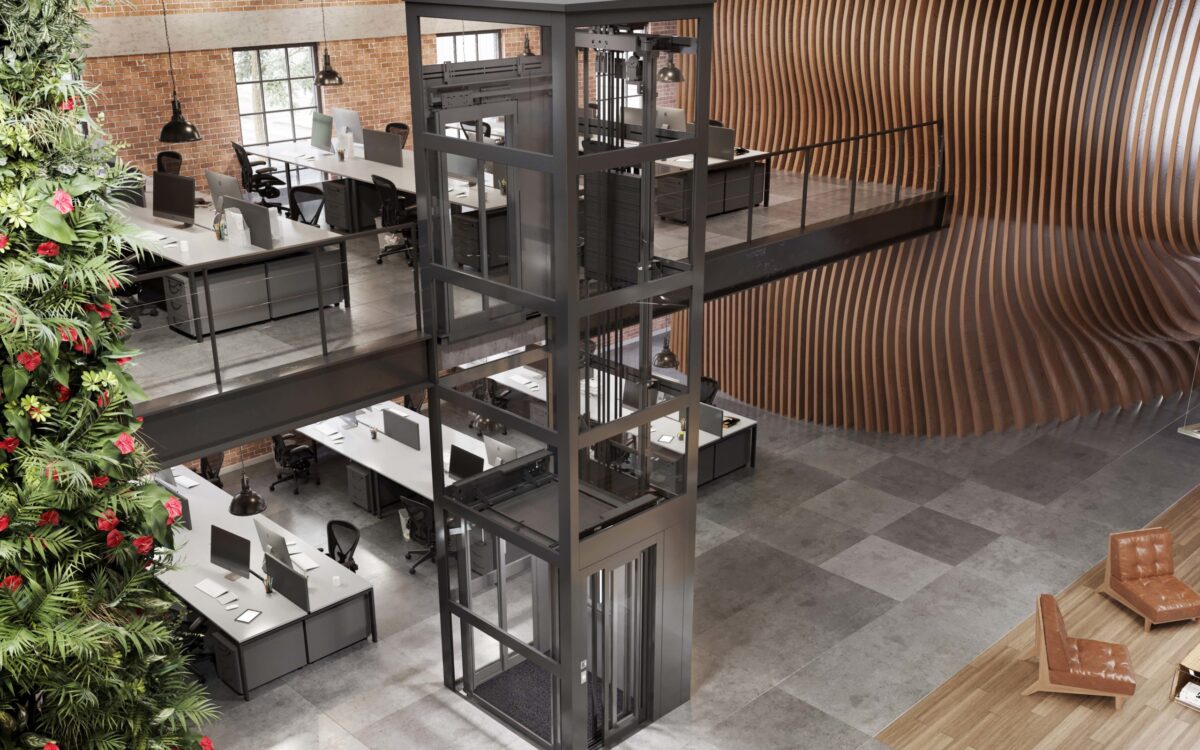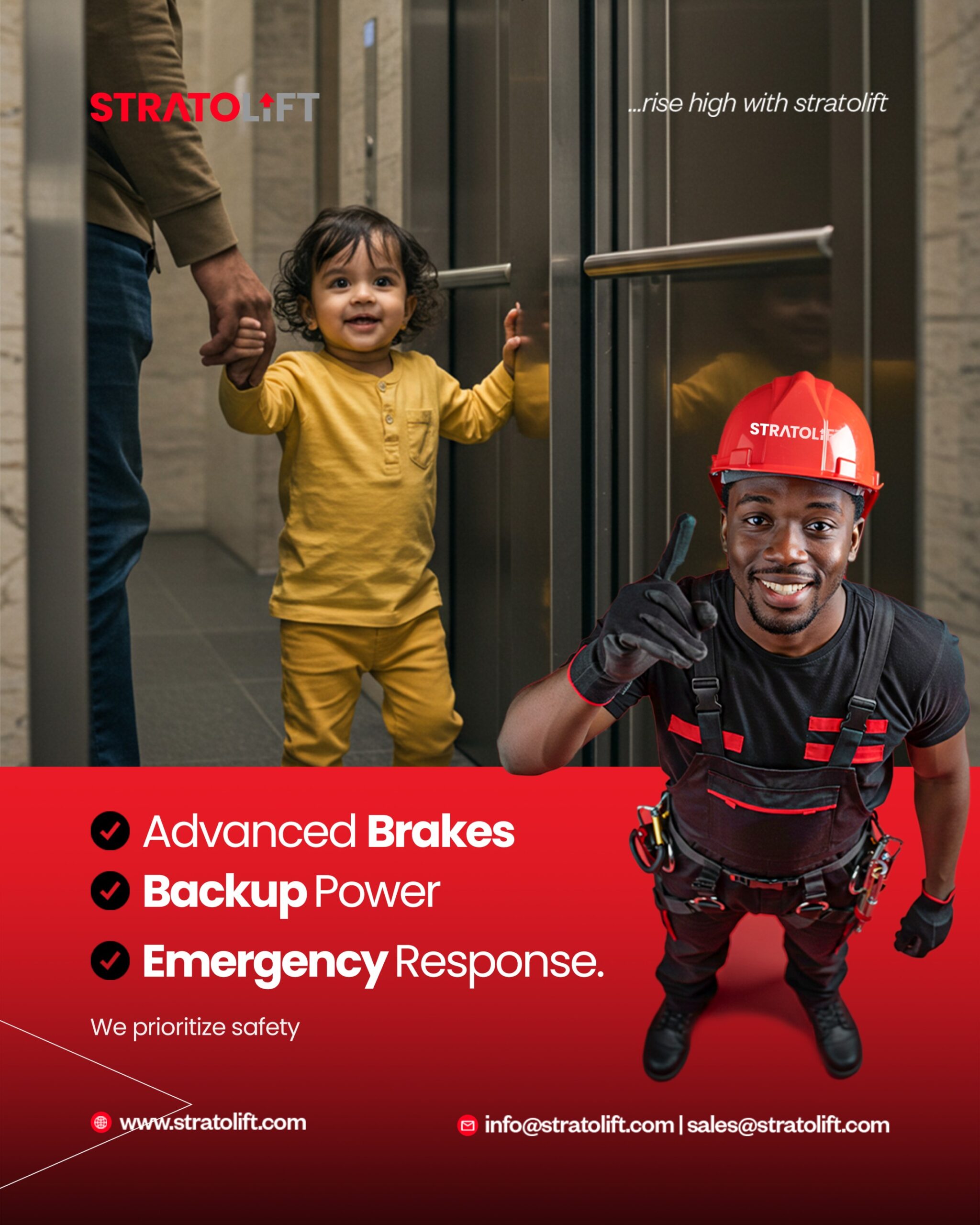
Smart Elevators and AI: How Vertical Mobility is Getting Smarter in 2025
Introduction
In today’s fast-evolving cities, buildings are getting smarter—and so are the elevators inside them. Smart elevators, powered by artificial intelligence (AI), are redefining how people move through vertical spaces. No longer limited to simple up-and-down functions, these intelligent systems are becoming central to modern urban infrastructure. In 2025, the fusion of AI and vertical mobility is transforming how buildings operate and how people experience them.
The Role of AI in Elevator Systems
AI is revolutionizing elevator technology in several critical ways. One major advancement is predictive maintenance. Smart elevators can now monitor their own components, detect potential faults, and schedule maintenance before breakdowns occur—saving time and preventing costly disruptions.
Another game-changing feature is real-time traffic analysis. By learning peak usage patterns and passenger behavior, AI-driven elevators optimize ride scheduling, reducing wait times and improving efficiency across multiple floors.
These systems also offer a personalized user experience. From touchless controls and facial recognition to smartphone app integrations, smart elevators adapt to the needs and preferences of users, making every ride smoother and more intuitive.
Smart Integration with Smart Buildings
Elevators are no longer standalone systems—they’re becoming a key part of the smart building ecosystem. Through IoT connectivity, elevators now communicate seamlessly with HVAC systems, lighting, and security infrastructure. This integration allows for more synchronized building operations, improved energy usage, and stronger safety protocols.
For instance, in an emergency, smart elevators can coordinate with building fire alarms and access control to guide occupants to safety. They also support remote monitoring and diagnostics, giving facility managers real-time visibility into system performance.
Benefits to Building Owners and Tenants
For building owners and developers, smart elevators represent a smart investment. They offer reduced downtime, lower maintenance costs, and extended equipment lifespan. These efficiencies translate into lower operating expenses and higher tenant satisfaction.
Tenants and users benefit from faster, more reliable transport within buildings, and enjoy features that align with modern expectations of convenience and safety. As a result, properties with smart elevator systems have a distinct edge in market appeal and long-term value.
Conclusion
As we move further into 2025, smart elevators are no longer a luxury—they’re becoming a necessity in modern buildings. At StratoLift, we are committed to delivering intelligent, future-ready elevator solutions that elevate safety, efficiency, and user experience.
Ready to upgrade your building’s vertical mobility?
Contact us today to learn how StratoLift’s AI-powered systems can transform your space.







